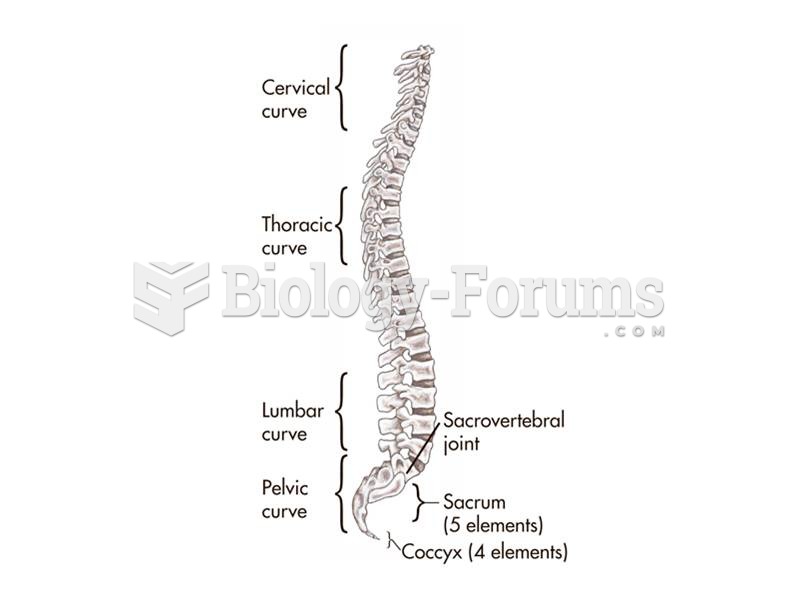|
|
|
Thyroid conditions may make getting pregnant impossible.
Women are 50% to 75% more likely than men to experience an adverse drug reaction.
Oliver Wendell Holmes is credited with introducing the words "anesthesia" and "anesthetic" into the English language in 1846.
People who have myopia, or nearsightedness, are not able to see objects at a distance but only up close. It occurs when the cornea is either curved too steeply, the eye is too long, or both. This condition is progressive and worsens with time. More than 100 million people in the United States are nearsighted, but only 20% of those are born with the condition. Diet, eye exercise, drug therapy, and corrective lenses can all help manage nearsightedness.
There are major differences in the metabolism of morphine and the illegal drug heroin. Morphine mostly produces its CNS effects through m-receptors, and at k- and d-receptors. Heroin has a slight affinity for opiate receptors. Most of its actions are due to metabolism to active metabolites (6-acetylmorphine, morphine, and morphine-6-glucuronide).
 Skull of an Oriental giant squirrel (genus Ratufa) - note the classic sciuromorphous shape of the an
Skull of an Oriental giant squirrel (genus Ratufa) - note the classic sciuromorphous shape of the an
 Taking off is one of the main times albatrosses use flapping to fly, and is the most energetically d
Taking off is one of the main times albatrosses use flapping to fly, and is the most energetically d
 Spiral Produced by twisting stresses that are spread along the length of a bone (note the break in t
Spiral Produced by twisting stresses that are spread along the length of a bone (note the break in t




